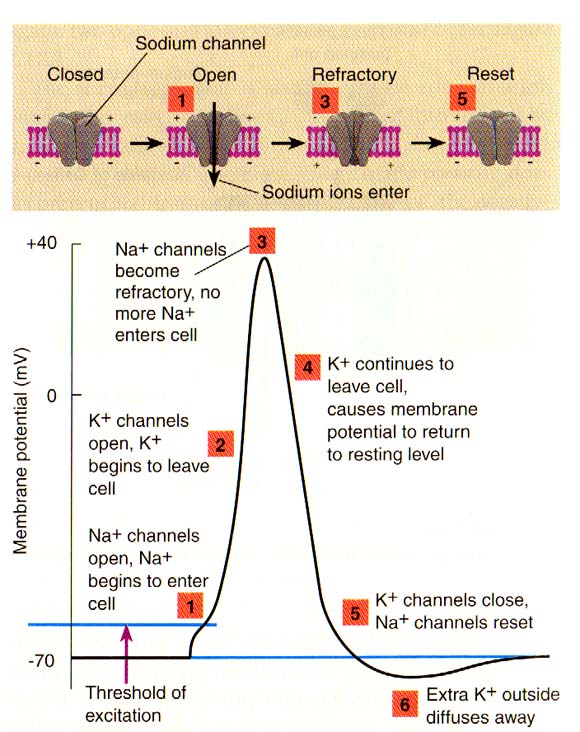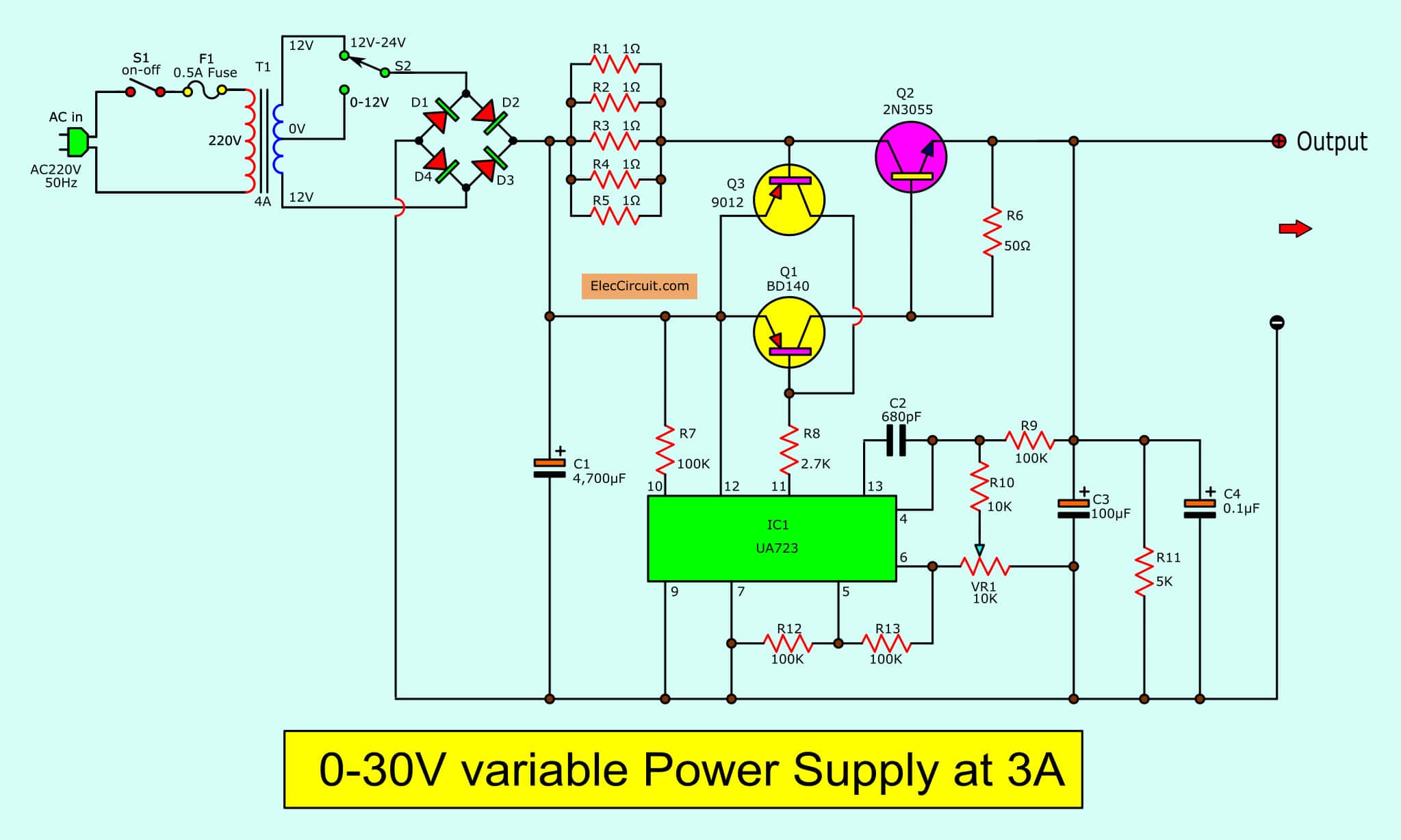Nodal Analysis With 2 Voltage Sources

Nodal analysis with 2 voltage sources
Nodal Analysis with Voltage Sources Case I. If a voltage source is connected between the reference node and a non reference node, we simply set the voltage at the non-reference node equal to the voltage of the voltage source and its analysis can be done as we done with current sources. v1 = 10 Volts.
How do you analyze a circuit with two voltage sources?
It's basically this node here is going to be three volts. Higher than the zero ground. And then same
Can you combine 2 voltage sources in series?
Ideal voltage sources can be connected together in both parallel or series the same as for any circuit element. Series voltages add together while parallel voltages have the same value.
How do you use nodal analysis to find voltage?
Nodal Analysis
- Identify all nodes.
- Choose a reference node. Identify it with reference (ground) symbol.
- Assign voltage variables to the other nodes (these are node voltages.)
- Write a KCL equation for each node (sum the currents leaving the node and set equal to zero). ...
- Solve the system of equations from step 4.
Which method is best for voltage sources?
1. Which method is best for voltage sources? Explanation: Every voltage source connected to the reference node reduces the equations to be solved. Thus, the node-voltage method is best for voltage sources.
Is nodal analysis and KCL the same?
KCL means that the total current entering the node must leave the node, or Ientering = Ileaving. Nodal Analysis is a circuit analysis technique that applies KCL to each node, resulting in a set of equations that can be solved simultaneously to find all the node voltages in the circuit.
Can a circuit have two voltage sources?
Multiple power sources can be connected in series or parallel in order to meet the different voltage or current output requirements for various applications: Power sources are connected in series to increase the voltage output.
What happens if two voltage sources are in parallel?
In a parallel connection, the voltage is the same whereas the current is the same in the case of series connection. The voltage sources are connected in parallel, hence the total voltage will be 12 V across the load.
How do you add two volts in a circuit?
If your signal source can source and sink current, you can connect a resistor to each output and use the voltage at a junction of the two. This will give an average of the two voltages. To get the sum, use an op-amp with a gain of +2.
Why do voltage sources in series add?
If the common connection point is positive to negative, then the result is the voltages are added together. if the common connection point is the same polarity from each source, the voltages are subtracted.
How do voltages add in series?
Voltage applied to a series circuit is equal to the sum of the individual voltage drops." This simply means that the voltage drops have to add up to the voltage coming from the battey or batteries. 6V + 6V = 12V.
How is voltage connected in series?
The supply voltage is shared between components in a series circuit. The sum of the voltages across components in series is equal to the voltage of the supply. The voltages across each of the components in series is in the same proportion as their resistances .
What is nodal analysis formula?
The network is then defined as: [ I ] = [ Y ] [ V ] where [ I ] are the driving current sources, [ V ] are the nodal voltages to be found and [ Y ] is the admittance matrix of the network which operates on [ V ] to give [ I ].
How do you find the voltage source?
And now we'll apply KVL and from KVL we will have plus v2 plus v1 then we have minus V equal to zero
Can you combine current sources in parallel?
Current sources of different values may be connected together in parallel. For example, one of 5 amps and one of 3 amps would combined to give a single current source of 8 amperes as the arrows representing the current source both point in the same direction.
What are the types of voltage sources?
There are two types of dependent voltage sources. The first one is a current-controlled voltage source (CCVS), and the second one is a voltage-controlled voltage source (VCVS).
What is an example of a voltage source?
The example of voltage sources is batteries and alternators.
What are three common voltage sources?
The six most common voltage sources are friction, magnetism, chemicals, light, heat, and pressure.
Does nodal analysis use KVL or KCL?
In analyzing a circuit using Kirchhoff's circuit laws, one can either do nodal analysis using Kirchhoff's current law (KCL) or mesh analysis using Kirchhoff's voltage law (KVL). Nodal analysis writes an equation at each electrical node, requiring that the branch currents incident at a node must sum to zero.
How do you find node voltage in KCL?
Find the efficient method to determine the voltage in a circuit using the nodal analysis method by applying KCL at a given node. Apply the form of KCL requiring the sum of all current leaving a node to be zero at each node. Solve the (N-1) independent simultaneous equation to determine the node voltages.









Post a Comment for "Nodal Analysis With 2 Voltage Sources"